Continuing the ongoing series of interviews with creative artists working on various aspects of movie and TV productions, it is my delight to welcome Maya Bankovic. In this interview she talks about the world of cinematography and the evolution of digital tools at her disposal, how she chooses her projects and collaborators, and the balance between being emotionally involved with the story and staying aware of her job on the set. The second half of the interview is about Maya’s work on the recently released “Below Her Mouth”, a tale of desire, passion, and sexuality made by an-all female crew of storytellers.
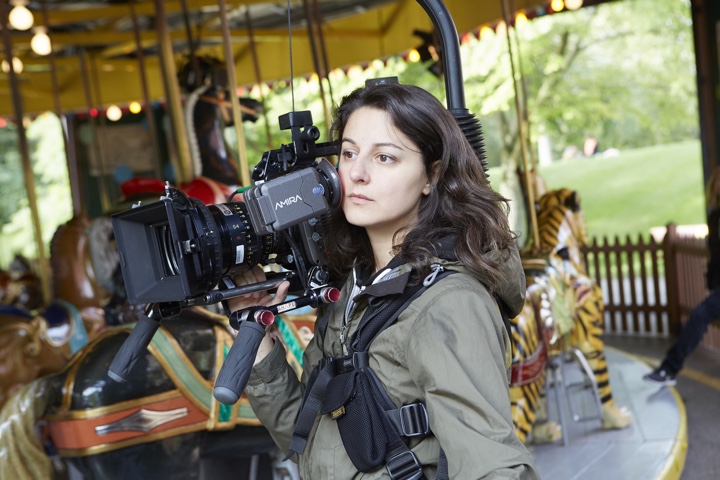
Kirill: Please tell us about yourself and your path so far.
Maya: I took up 35mm photography as a hobby when I was a teenager, and I loved using my Minolta and spending time in the darkroom. But I didn’t want to pursue still photography because it seemed like kind of a lonely life. What I did realize was that I loved working as part of a team, bouncing ideas around and making something as a group, in theatre class for example. Having people around me was very satisfying, and I was thinking about how I could do that as a job [laughs].
I went to a film school and met a lot of new people, and it worked out pretty well, because twelve years later I still work with a lot of them. At that age I was chasing a certain type of life that would give me interesting experiences and access to other realities, while satisfying the technical part I loved about doing photography.
Kirill: As you started to work in the industry, was there anything particularly surprising for you?
Maya: It is such a demanding industry to be working in and the hours are really long, so it’s always surprising to me when people don’t love doing it yet stay. I didn’t want to risk becoming too jaded with all of that so I worked my way up as a cinematographer from tiny projects to bigger ones. I think doing independent films with people I care about has enabled me to maintain the love that I have for filmmaking, because the demands of the industry itself can make for a difficult lifestyle. Now that I’m working on larger projects with people I’m meeting outside of any kind of shared history together, I still go into a new film with that same spirit of community – it helps me ignore the stress of the business apparatus that’s always functioning in the background and concentrate instead on the creativity.
Kirill: What are your thoughts about the evolution of digital cameras in the last decade or so?
Maya: I talk about this all the time – this technological shift is the reason why I have this career. It started around 2005 when I took out a small bank loan to buy a DVX100a, which was the only camcorder at the time that could do 24p at an affordable price. Shooting in 24p was what was creating a distinction in the look and quality level among documentary filmmakers and indie filmmakers at that time, the same way cameras later on offered large sensors and we all made the leap towards that, collectively.
So that camera was the reason I was able to put myself out there as a cinematographer after I left school and lost access to the equipment there. People cared a lot about whether or not you’d shot film, which I had done a lot of at school. But you had to basically be able to afford to shoot a project on film in order to keep doing things at the industry-standard level. And the minimum price for a film project was around $20,000. But people were coming around to the idea of using my little DVX100a so that we could keep busy between those more expensive film projects.
Then the RED camera came out, and everything changed. Access to the RED and others that came out shortly thereafter levelled the field. It was no longer about the film standard, but rather about your eye. It allowed me to experiment. When you’re using digital equipment, it frees you up to play with composition or exposure or white balance without worrying about wasting film. The price of one foot of film comes to around one dollar, once it’s all purchased, processed and transferred. That’s about one dollar per second, which is a lot if you’re experimenting. I think a lot of DPs [directors of photography] felt liberated to play around more with cinematography and open up their imaginations thanks to digital cameras.
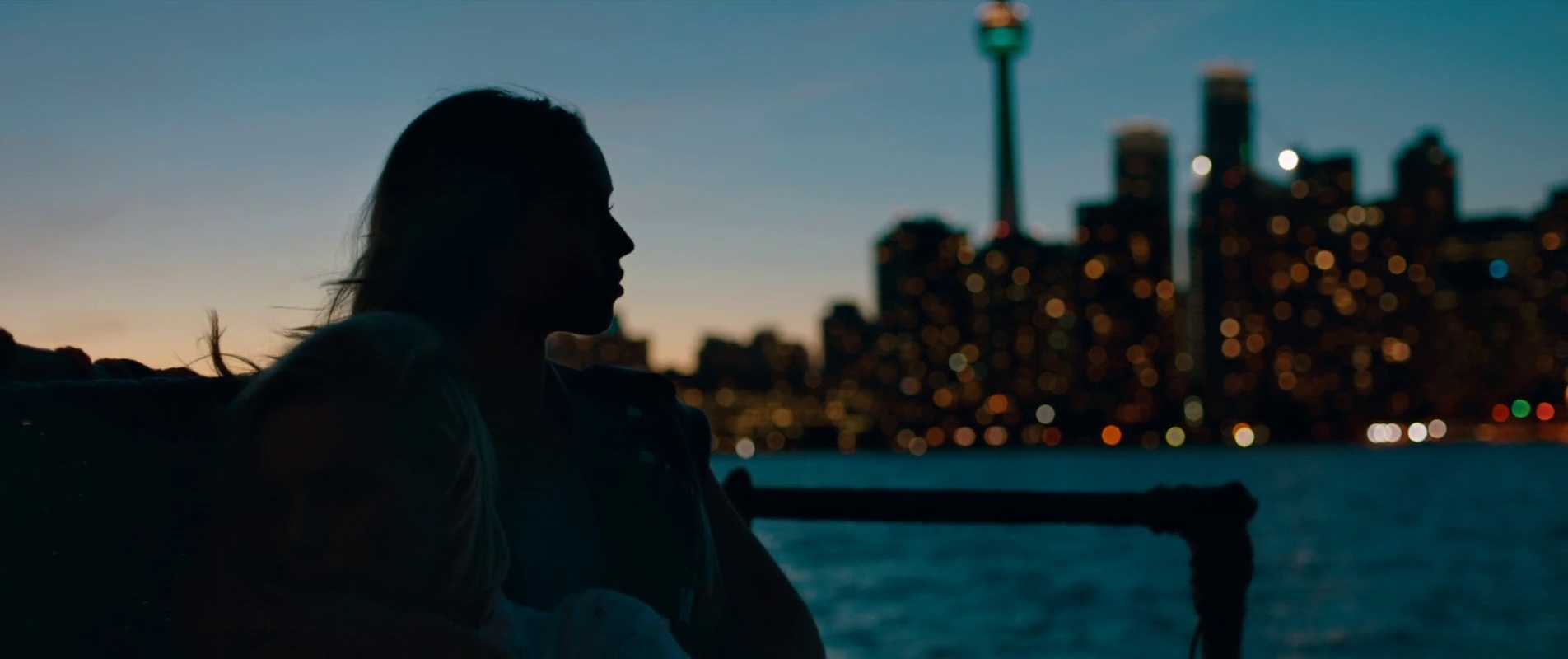
Kirill: Is there anything still missing in digital cameras from the artistic perspective?
Maya: I love the texture of film, and there’s a certain discipline that comes with shooting film. It is part of the process that is maybe gone now. It was the texture and certain imperfections that you could get that made me love shooting film. Those imperfections were not always appropriate for every project, but when they were, it was magical.
For me, now, it’s more about the quality of the story that I’m capturing. It doesn’t matter to me that digital has taken over. I love shooting film with its gorgeous texture, and I do adore the process. But in terms of the artistic or the creative approach, that should all be motivated by the story. That’s what dictates the creative direction you follow, not necessarily the thing you use to capture it.
The most important thing to me is the quality of the story that we are putting into the world, and I think that a lot of these projects wouldn’t get made if we were still counting on film, with its prohibitive costs. There would be very little money invested in stories that are more niche or fringe, because no one would want to sink a huge investment into a TV show or a film that is not guaranteed to show a return on investment by appealing to mainstream audiences. Projects that reach beyond mainstream culture’s usual narratives can get made now, and look good, and to me that is an important artistic development, because it’s a cultural one.
Kirill: To me as a viewer that means that I have more productions to choose from. These days I find myself having to decide what not to watch, because there’s only so many free hours in the day.
Maya: It’s definitely true. I think the main problem with that are the really low-budget productions which neither take any creative or conceptual risks nor provide good jobs for people. There’s an oversaturation of those types of productions in every major city in the world. When you only have a shoestring budget, it’s sort of a false dream to think that you’re going to make your mark as a filmmaker when you’re trying to make something with mainstream appeal but you’re up against thousands of similar projects of a similar scope. It’s not sustainable, but ultimately it’s the choice of the people that pursue it. Again, that’s why seeking out stories that exist outside of those story conventions are where I find most of my own feelings of personal urgency and devotion as a cinematographer. Same goes for when I’m choosing which films to watch. Because yes, there are so, so many of them.

Continue reading »
Going with the new biannual release cycle of my Swing projects, this week is seeing the latest official releases of Substance and Flamingo.
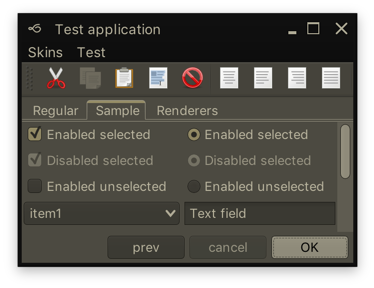
Along with a few visual polishes and tweaks, Substance 7.1 (code-named Vermont) brings support for using correct default system font on macOS 10.10+ when you’re running your app under the recently-released Java 9. In addition, your JOptionPanes will see a tweaked order and alignment of the buttons. By default, the order and alignment follows the interface guidelines for the specific platform. On a macOS machine, for example, the buttons will be aligned to the trailing edge of the dialog (right on LTR and left on RTL), with the default button placed as the trailing button:

Use the APIs on the SubstanceLookAndFeel class for app-specific control over the order and alignment of the JOptionPane buttons if you want to deviate from the platform guidelines.
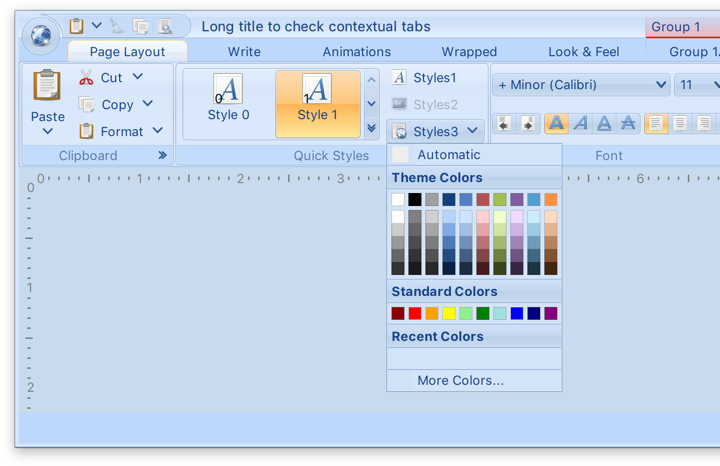
The previous release of Substance brought full support for high DPI screens, and the latest release for Flamingo 5.2 (code-named Kennocha) aligns both libraries to be first class citizens on modern screen hardware. The unofficial release notes are:
- Full high DPI support for all components, including
- Command button icons and arrows
- Color selector popup menu
- Ribbon galleries
- Ribbon bands in collapsed state
- Support for vertical scrolling of secondary level content in ribbon application menu
- Better mouse wheel handling in command menu popups
- Addressed clipping issues on some transcoded SVG content
If you’re in the business of writing Swing desktop applications, I’d love for you to take the latest releases of Substance and Flamingo for a spin. You can find the downloads in the /drop folders of the matching Github repositories. All of them require Java 8 to build and run. Happy Swing coding!
Going with the new biannual release cycle of my Swing projects, it’s time to do the release candidates for the latest iterations of Substance and Flamingo.
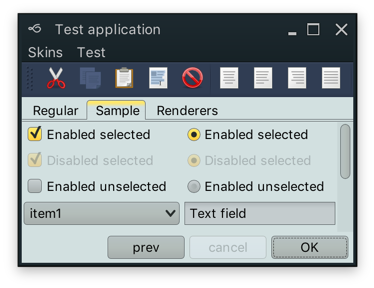
Along with a few visual polishes and tweaks, Substance 7.1 (code-named Vermont) brings support for using correct default system font on macOS 10.10+ when you’re running your app under the recently-released Java 9.

The previous release of Substance brought full support for high DPI screens, and the latest release candidate for Flamingo 5.2 (code-named Kennocha) aligns both libraries to be first class citizens on modern screen hardware. The unofficial release notes are:
- Full high DPI support for all components, including
- Command button icons and arrows
- Color selector popup menu
- Ribbon galleries
- Ribbon bands in collapsed state
- Support for vertical scrolling of secondary level content in ribbon application menu
- Better mouse wheel handling in command menu popups
- Addressed clipping issues on some transcoded SVG content
If you’re in the business of writing Swing desktop applications, I’d love for you to take the latest release candidates of Substance and Flamingo for a spin. You can find the downloads in the /drop folders of the matching Github repositories. All of them require Java 8 to build and run. The final releases are scheduled to happen in two weeks’ time, on the week of October 16th.
Continuing the ongoing series of interviews with creative artists working on various aspects of movie and TV productions, it is my pleasure to welcome Mark Steel. In this interview he talks about his path into the art department, the ever-changing landscape of episodic television that balances the cinematic scale with shrinking timelines, the day-to-day responsibilities of an art director on set, the present and potential future of combining visual effects with physical world building, and the place of virtual reality tools in simulated set environments. The second half of the interview is about Mark’s work on recently released “Miss Sloane”, a story that follows a formidable D.C. power-broker played by Jessica Chastain and her fight against the powerful gun lobby.
Kirill: Please tell us about yourself, and your path into the art department.
Mark: I was born in Vancouver and grew up in Ottawa. I watched a lot of TV when I was a kid. I was into animation and horror which lead to a fascination with make up and special effects. I began reading Fangora magazine and other such publications, which really introduced me to the whole behind-the-scenes world of film. In my last year of high school I was offered a co-op program at a local community cable TV station. There I got to direct all sorts of studio shows, local remote and mobile shoots.
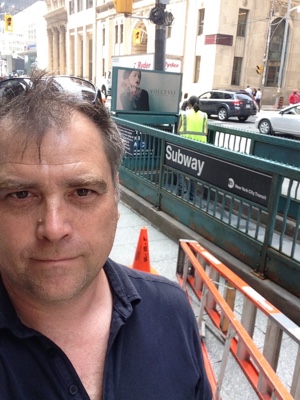 I then went to post secondary school at Ryerson in Toronto for Radio and Television Arts. I actually wanted to be a TV director when I graduated. I found myself at the CBC as a stagehand, and began working in set decoration and props. The CBC at the time was in decline, but a lot of the old system of designers, art directors, builders, costumes, FX and all the other trades were still under one roof. It was really a wonderful and sadly broken creative place. I learned a tremendous amount about all the crafts and talents that went into production.
I then went to post secondary school at Ryerson in Toronto for Radio and Television Arts. I actually wanted to be a TV director when I graduated. I found myself at the CBC as a stagehand, and began working in set decoration and props. The CBC at the time was in decline, but a lot of the old system of designers, art directors, builders, costumes, FX and all the other trades were still under one roof. It was really a wonderful and sadly broken creative place. I learned a tremendous amount about all the crafts and talents that went into production.
I worked on the last two seasons of a popular comedy series called “Kids in the Hall”. It was a highly creative show. We did hundreds of sets a season to be shot as 16mm short films, three camera studio bits, with live audience segments. It was really a master class in pushing the boundaries in television at the time.
When I left the CBC, I found that my experience as a set decorator was most in demand. Toronto production was growing, and we had three unions in the city. I did a lot of Canadian TV series and movies of the week for US networks. I found myself working with local and US production designers, and eventually I was asked by a local PD to step in as an art director on a TV series for a Disney cable channel sci-fi series. I have been working primarily as an Art Director for US projects in Toronto although I have been all over Canada and some of the Caribbean.
Kirill: What drew you into the film / TV industry, and how has that changed after a few productions?
Mark: It’s the best part-time job anyone ever has to start. While I was still in school, I had a friend who was working on film sets as a production assistant. I had an occasion to visit and found that environment to be very appealing. My early years at the CBC was a sort of institutionalized experience that was in the process of dying, as government funding was being stripped away and I really had no future there. I knew there was this “outside” industry in Toronto, and with a few connections I realized that I could make a living in the art department as a Set Decorator.
As a young person, I was very into the circus of it all. Rolling onto locations, completely taking over a space, transforming it and disappearing again without a trace. What I also began to realize very early was that I really didn’t have the patience to work on set with the shooting crew. I found the pace and the hierarchal nature of a film set to be tedious. I much preferred to take part in the research, sourcing, prep and installation of sets. I excelled as a Leadman and Set Decorator and began to build my brand off-set in the Art Department.
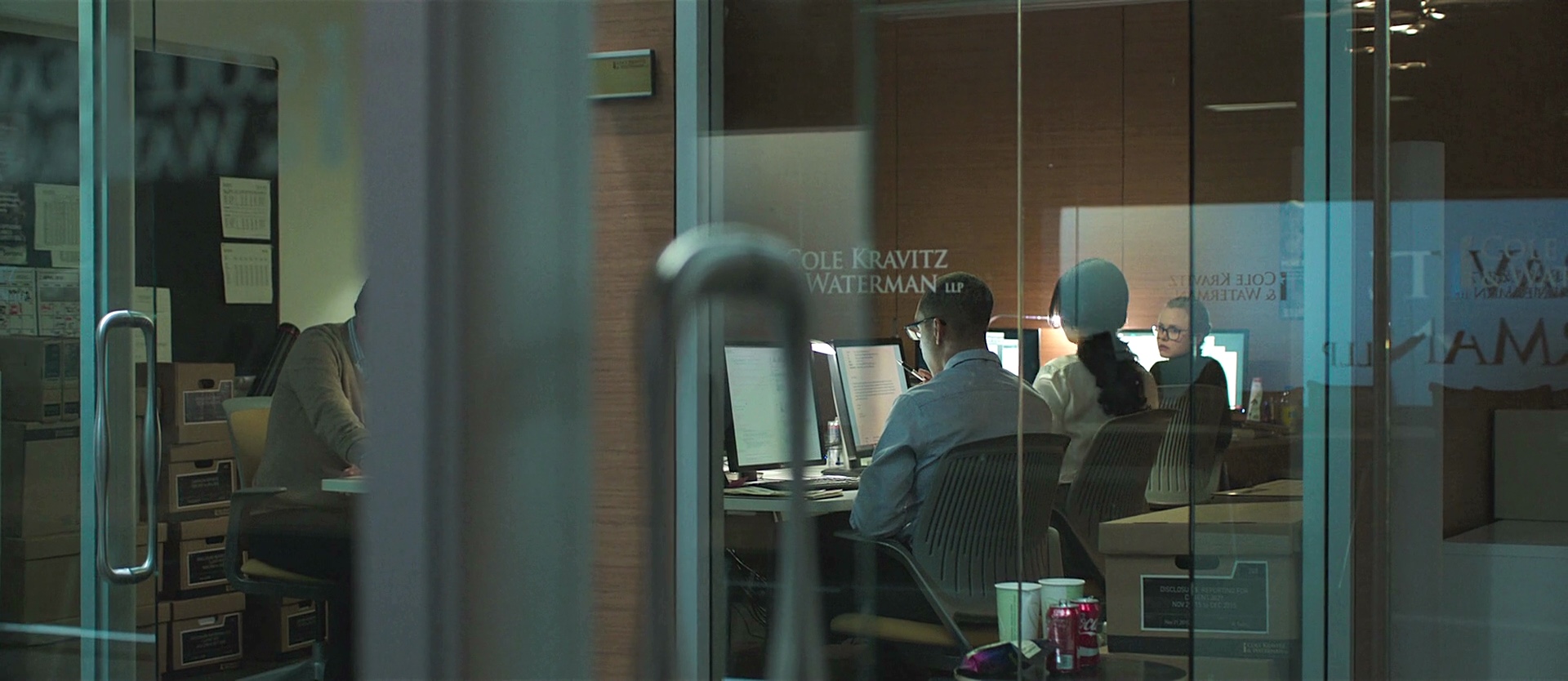
Kirill: As you have done a variety of both feature and episodic productions, how would you compare the pace of the two worlds?
Mark: They are really not that fundamentally different, especially these days. I developed my skills primarily in TV series where mastering scheduling was key. My training and the goals of my early mentors was to create “feature” quality look in spite of budget and schedule constraints. Progressively, the quality and demand of television series increased through the late 2000’s. At the same time many productions also demanded more for less.
I can’t say when it was exactly over that period of time that I honed the ability to deliver on shorter and shorter timelines. 8 weeks of prep became 6 weeks that became 4 and so on, but the principal tool constantly employed is communication. It is all about prioritizing the creative needs and getting to consensus as efficiently and respectfully as possible. In TV that is almost always the Producer’s call. In features it is the Director’s.
On a TV series most of the time the Director is a guest. Usually he or she has the experience with the format and understands how to efficiently get what is needed out of a shooting day. My contact with the Director is typically about problem solving around scheduling constraints and to guide them through the possibilities on standing sets. Although schedule remains a reality in the feature world as well, the priorities are driven by the Director’s vision. Depending on his / her status and the budget, greater degrees of deference must be payed. Expectations are infinitely scalable, but in the end every project has many of the same steps.
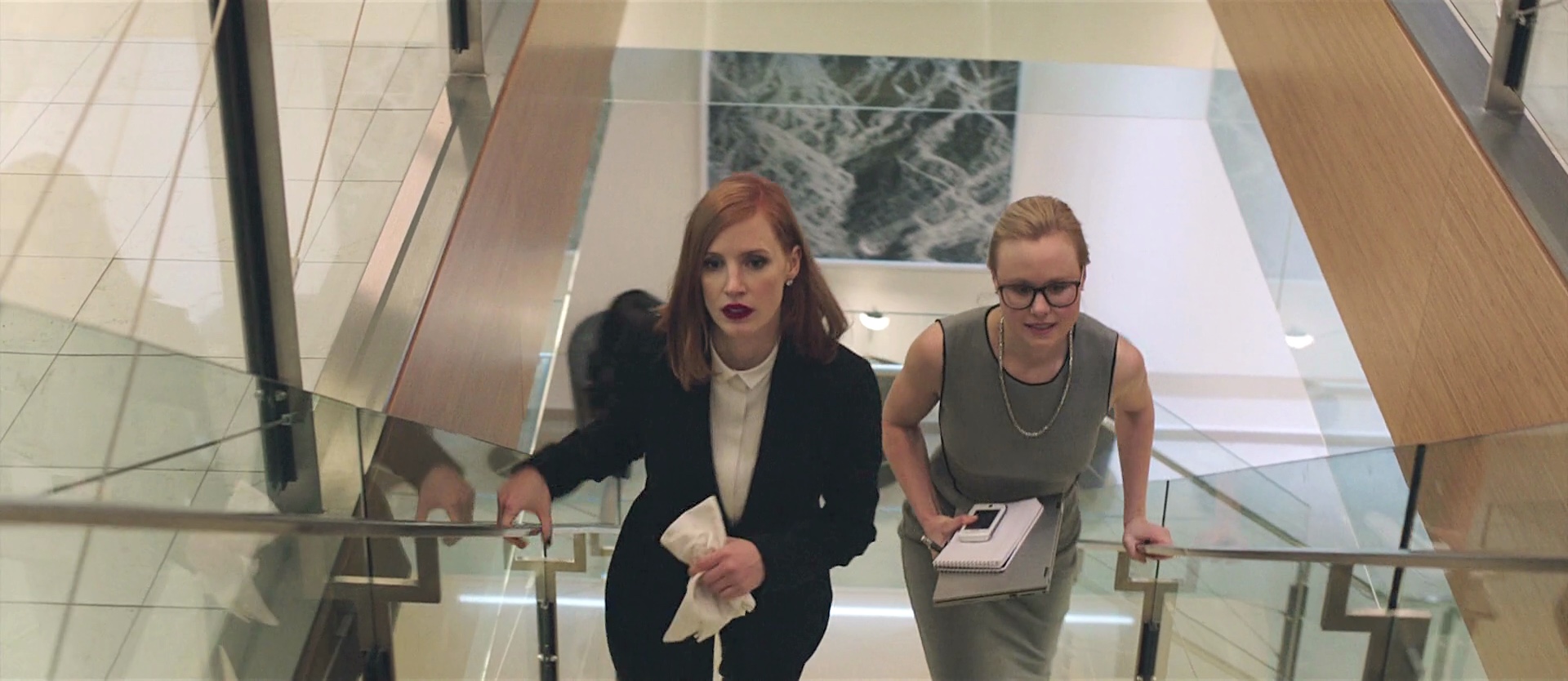
Continue reading »
![]()
![]()
![]()